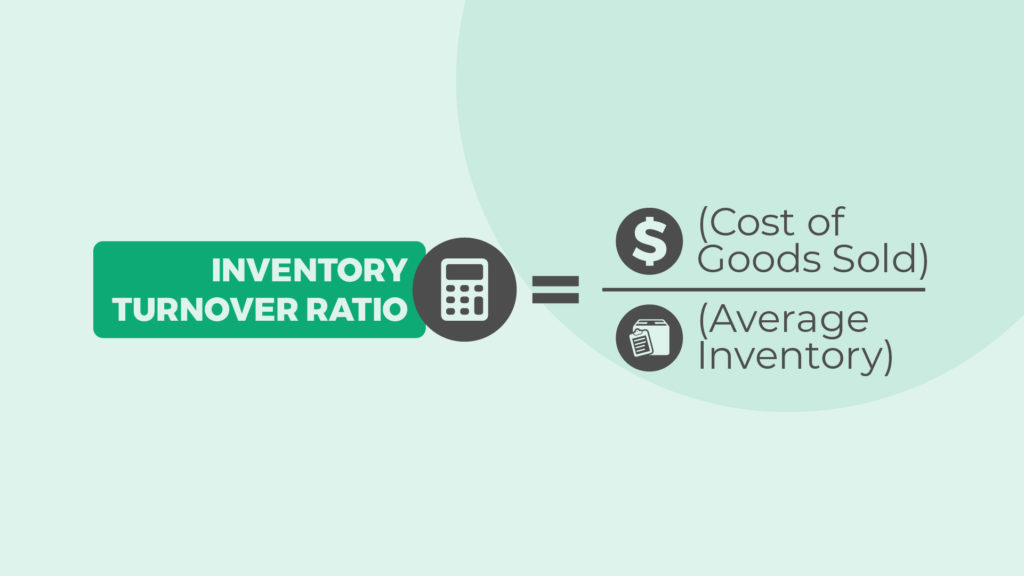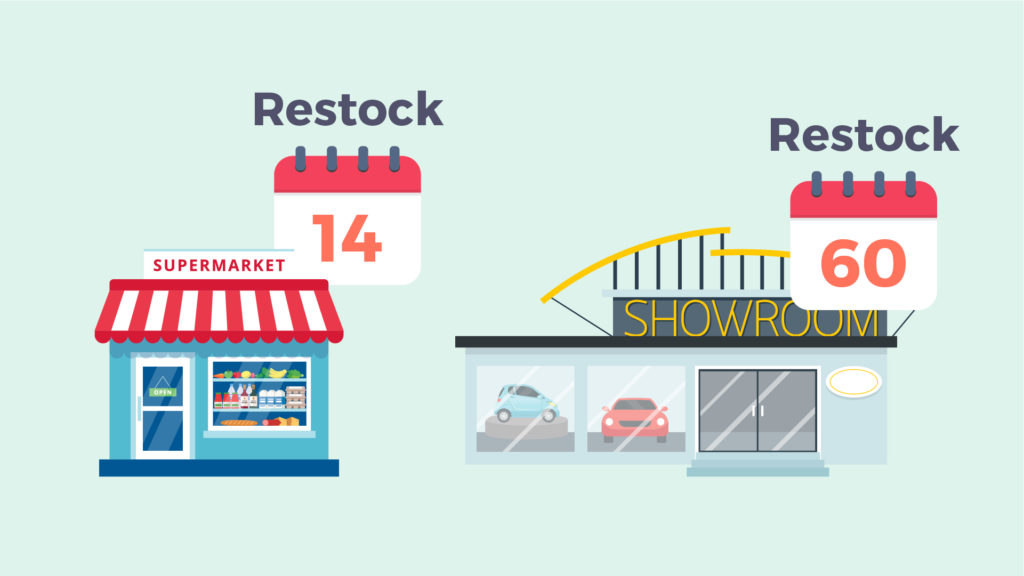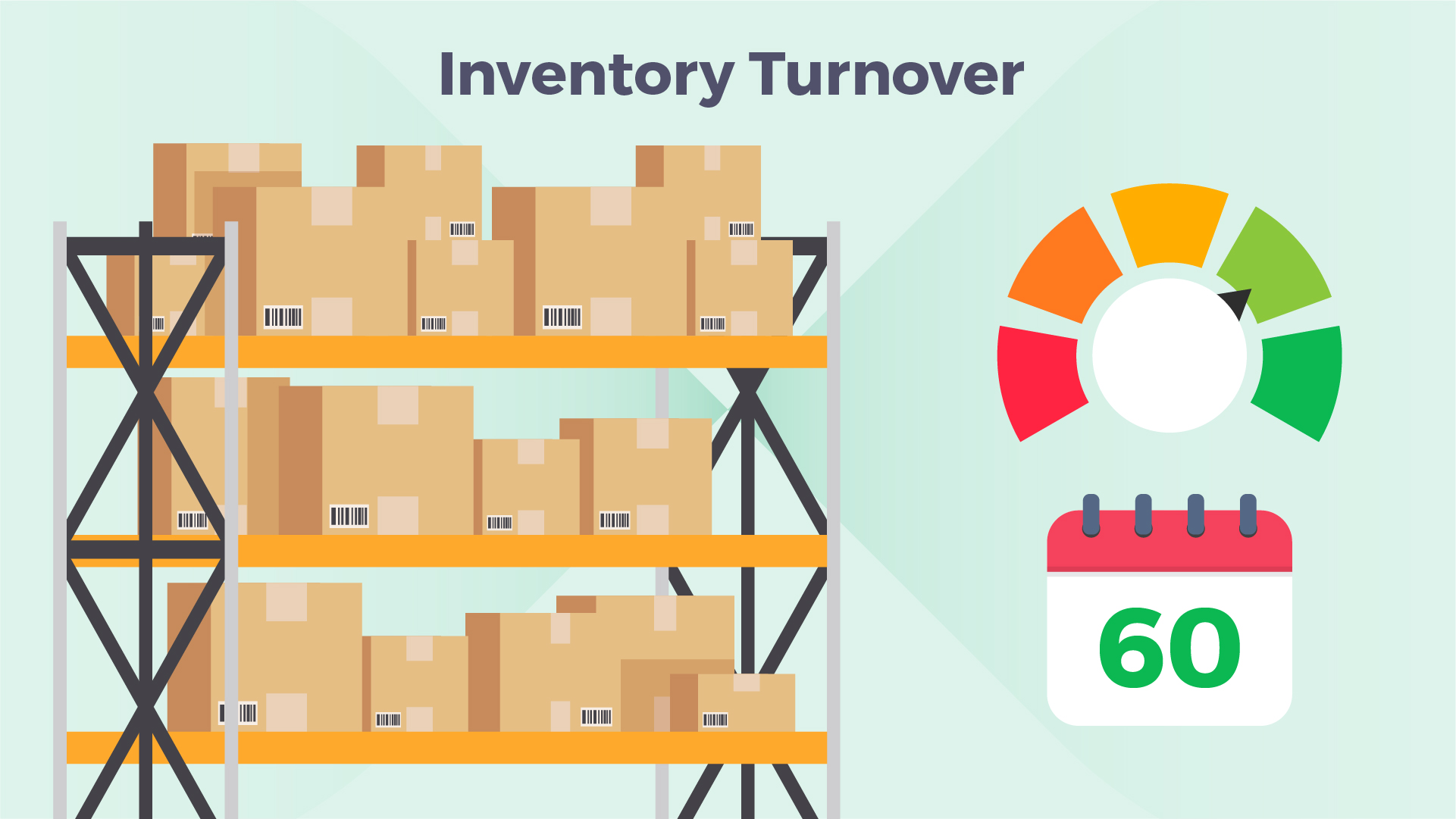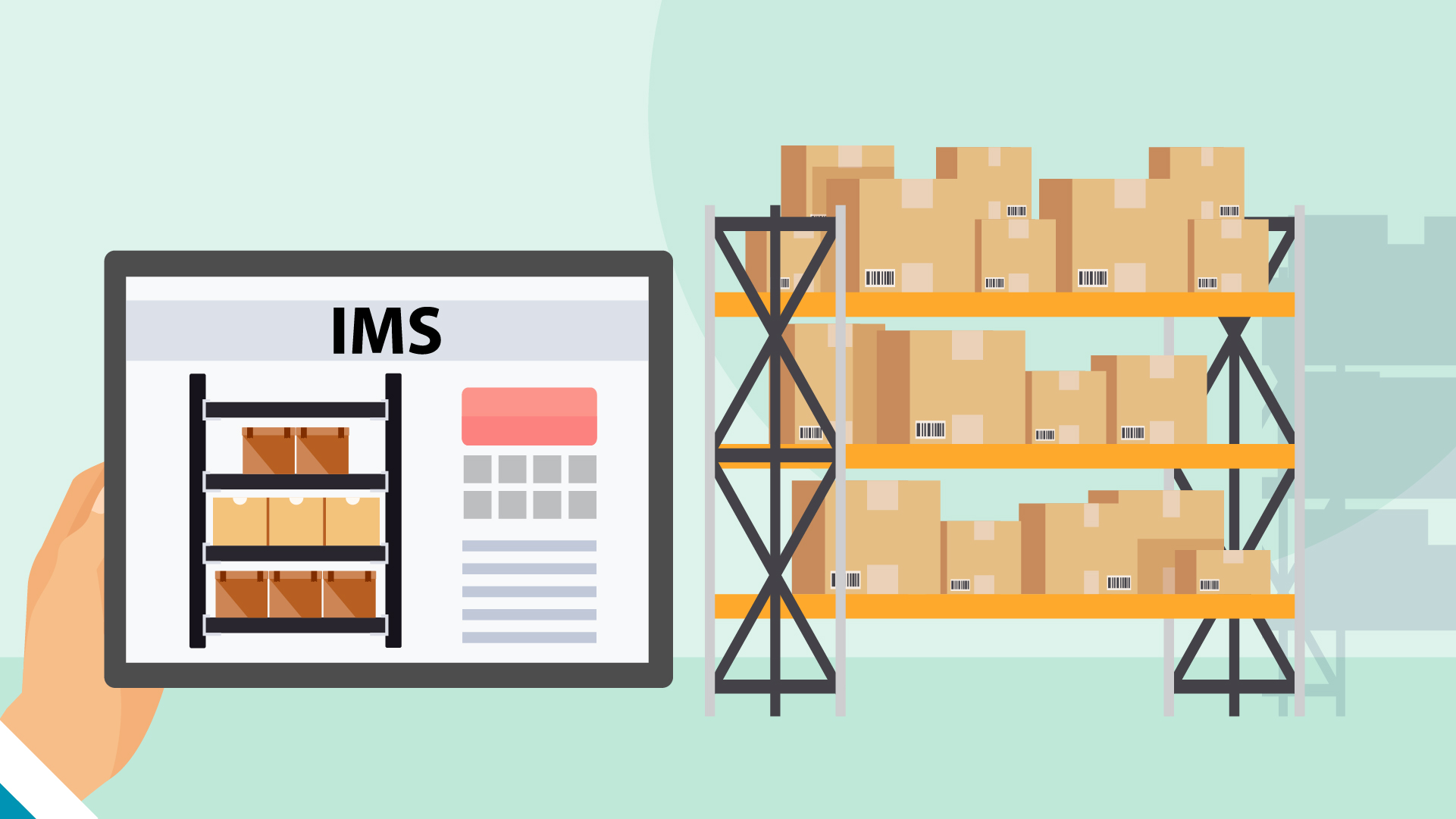Inventory turnover ratio refers to the number of times a business sells and replaces its stock of goods during a given period, taking the cost of goods sold relative to its average inventory into account.
While inventory turnover can vary dramatically between industries, a high turnover ratio generally means that goods are sold faster; a low turnover ratio indicates poor sales and excess stock. Your ratio is a good indicator of your competitiveness and performance relative to the industry you operate in.
What Is Inventory Turnover?
The inventory turnover ratio helps a business measure how effectively it uses its assets and can help them make better decisions on its pricing, manufacturing, and purchasing.
It shows how many times a business turned over its inventory relative to its cost of goods sold (COGS) in a given time period, usually a fiscal year. Most companies divide the number of days in the period by the turnover ratio to determine how quickly inventory is sold.
Inventory turnover is a good way to assess business performance because it measures:
- how fast inventory sells
- how sales stack up to other products or businesses in the same category
- how effectively demand is met in the market
While the inventory turnover ratio may vary between industries, most businesses prefer higher stock turns as they imply greater marketability and reduced stock holding costs. Fast fashion companies limit their runs and replace inventory quickly with new items, as slow-selling items mean higher holding costs. An item that takes a long time to sell delays the restocking of newer and more popular merchandise
On the other hand, a low inventory turnover ratio is advantageous during periods of inflation or supply chain disruption, especially if there is an increase in inventory ahead of supplier price hikes or higher demand, as is the case with many industries following the COVID-19 pandemic.
Calculating inventory turnover ratios is incredibly important for businesses that sell perishable and time-sensitive goods, e.g., grocery stores or automotive businesses. An overabundance of goods in the fast-moving consumer goods sector may result in unsold inventory and lost profits, especially as seasons change. These unsold stocks are known as dead stock or obsolete inventory – picture the dramatically discounted Christmas decorations you see in your local store every January.
Inventory Turnover Formula and Calculation
The formula to calculate it is as follows:

The average value of inventory is used to offset the effects of seasonality on sales. It refers to the average cost of goods during two or more set time periods, taking the beginning inventory and closing inventory balance into account and dividing the sum of the account balances in half.
The cost of goods sold (COGS) is sometimes called the cost of sales or direct materials. COGS is the expense incurred from creating a product, including the cost of raw materials and labor. Inventory is typically valued at cost, whereas sales include the company’s markup, which is why COGS should be used when calculating your inventory turnover ratio.
The Limitations of the Calculation
Knowing what your ratio is is very useful, but only when it comes to comparing your company to similar businesses. Most auto dealers turn their stock within 60 days; a small grocery store will restock every two weeks.

Inventory turnover ratios can be deceptive as well. Your high inventory turnover ratio may be due to insufficient inventory stocking, representing lost sales. Companies may also choose to hold back stock or acquire bulk orders ahead of product launches or big retail holidays, which results in a very low inventory turnover ratio. In that case, a low inventory turnover ratio has nothing to do with poor inventory management, although it might seem that way on the surface.
Because COGS or the cost of sales is used to calculate the inventory turnover ratio, the result may fluctuate based on your cost accounting policies, e.g., if a cost pool allocation is made to inventory, it’s often recorded as an expense, which affects the ratio.
It’s important to have all of the information related to your inventory turnover ratio at your disposal to assess the situation better. A high ratio doesn’t always indicate good inventory management; a low inventory turnover ratio doesn’t always indicate that there is excess inventory in your warehouse or weak sales in your stores.
What is a Good Inventory Turnover?
Benchmarking your inventory turnover ratio can be difficult. Industries with inexpensive, fast-moving goods will naturally experience higher turns than companies selling big-ticket or luxury items.
Most industries aim for a score between 5 and 10, which means that inventory will be sold and restocked every 1-2 months. Companies selling perishable goods will aim for a much higher ratio to avoid spoilage. It’s best to consider your industry’s average before assessing your own efficiencies.
High turnover reduces the amount of capital tied up in your inventory; moving inventory quickly increases your profit margin by increasing the revenue relative to fixed costs like rental and labor.
How Can You Improve Your Ratio?

The best way to improve your inventory turnover is to collect as much data as possible across the entire business. Fine-tuning your inventory management processes will ensure that your business is stocking enough inventory to maximize your sales without pushing up holding costs unnecessarily. If your company has shorter lead times and uses a pull-through production system, you can action manufacturing to start only once a customer orders a product.
It’s important to utilize your ERP system to collect and analyze data related to your inventory and sales to improve forecasting and predict possible customer trends that will inform your procurement strategy and identify the dead stock, all of which can increase inventory turns.
If you suspect that your company’s inventory turnover needs improvement, speak to 10X ERP. Our ERP helps provide the insights you need to turn things around and achieve your turnover KPIs!
